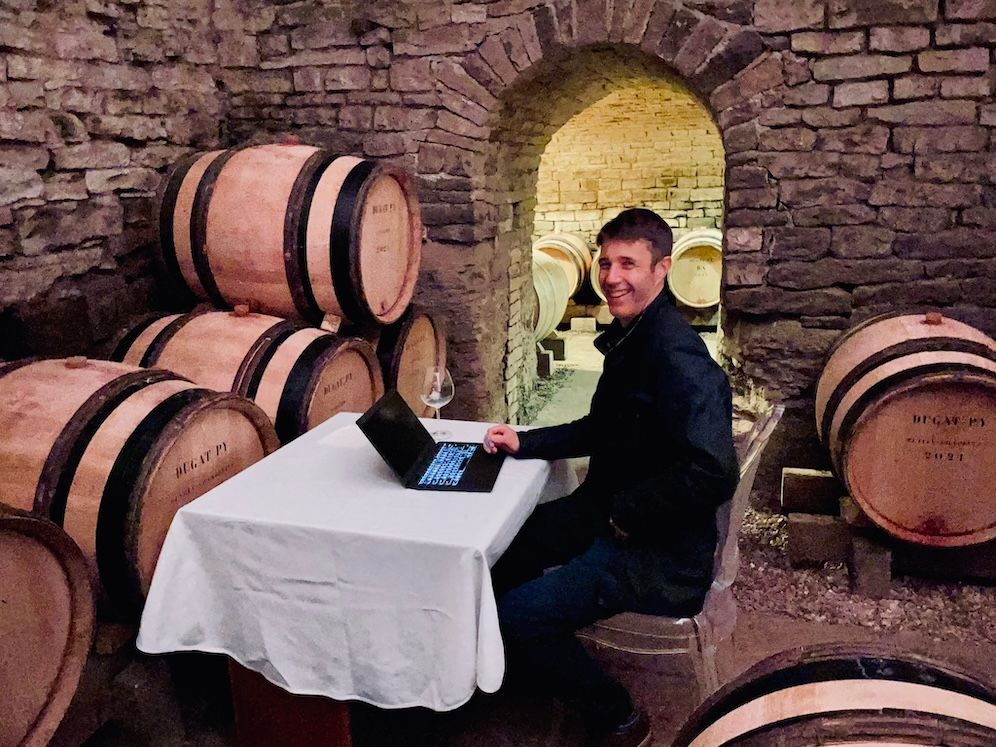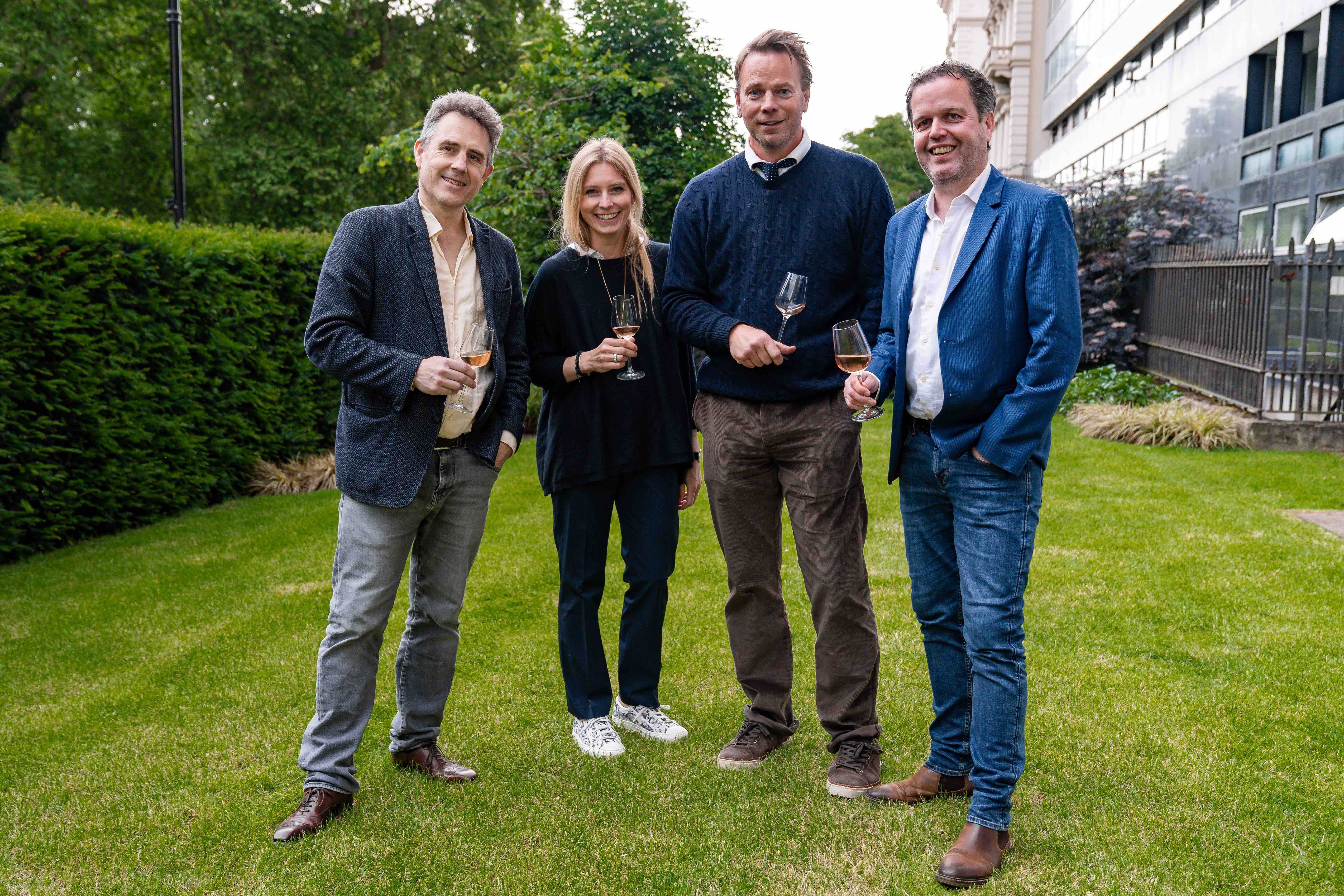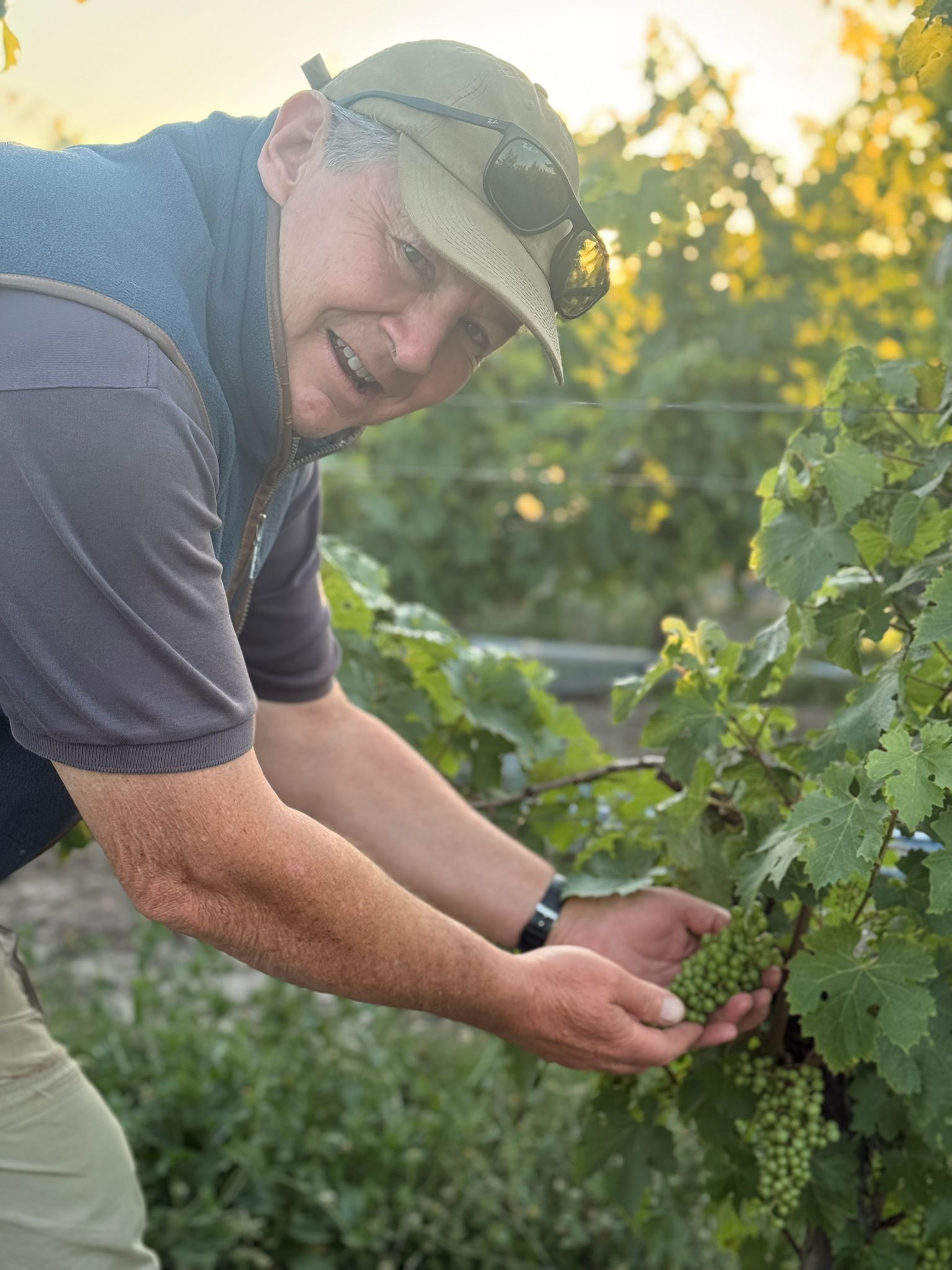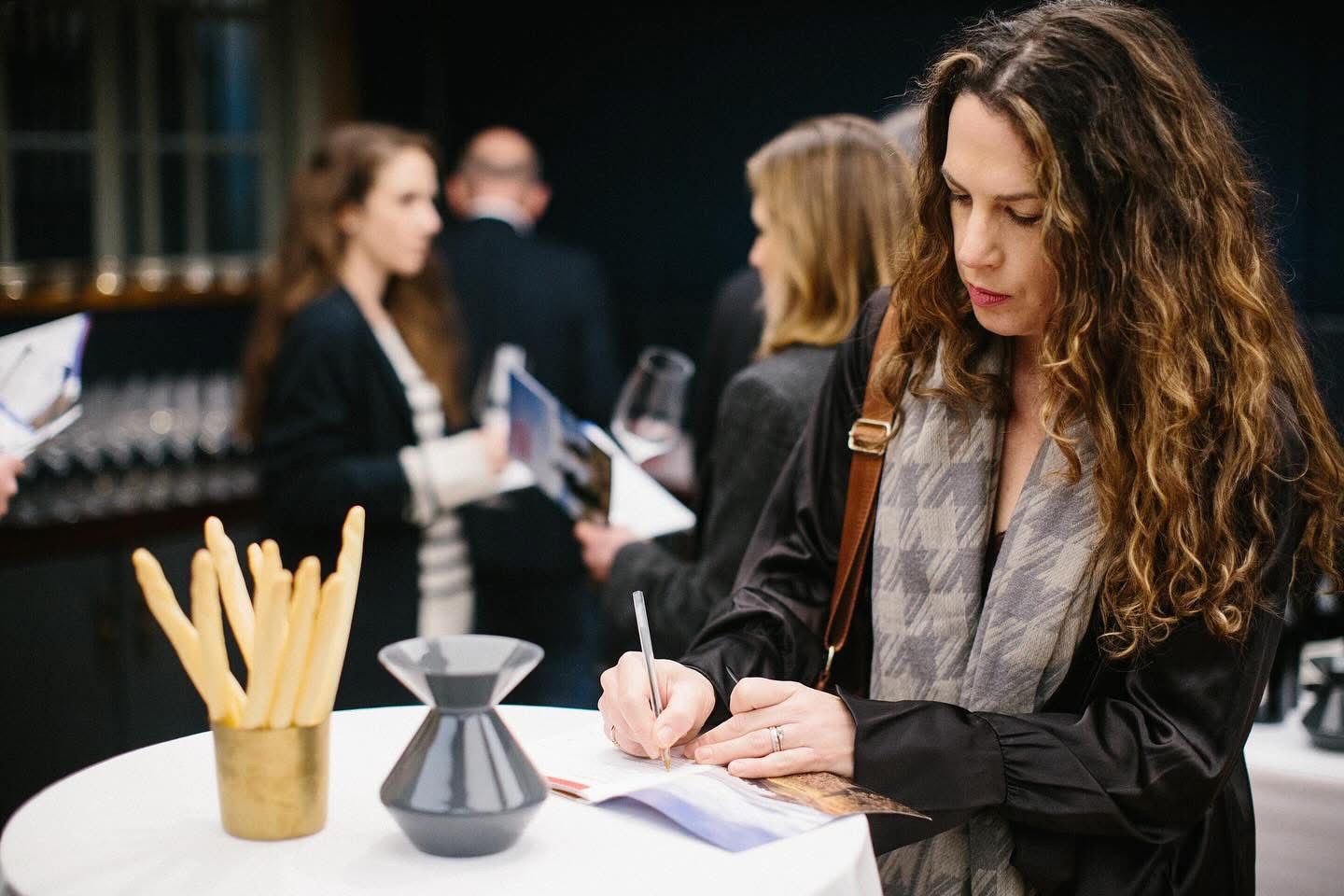Canadian wine in the UK has been dominated by those imported from larger distributors but now smaller, more hip importers are also getting in on the act.
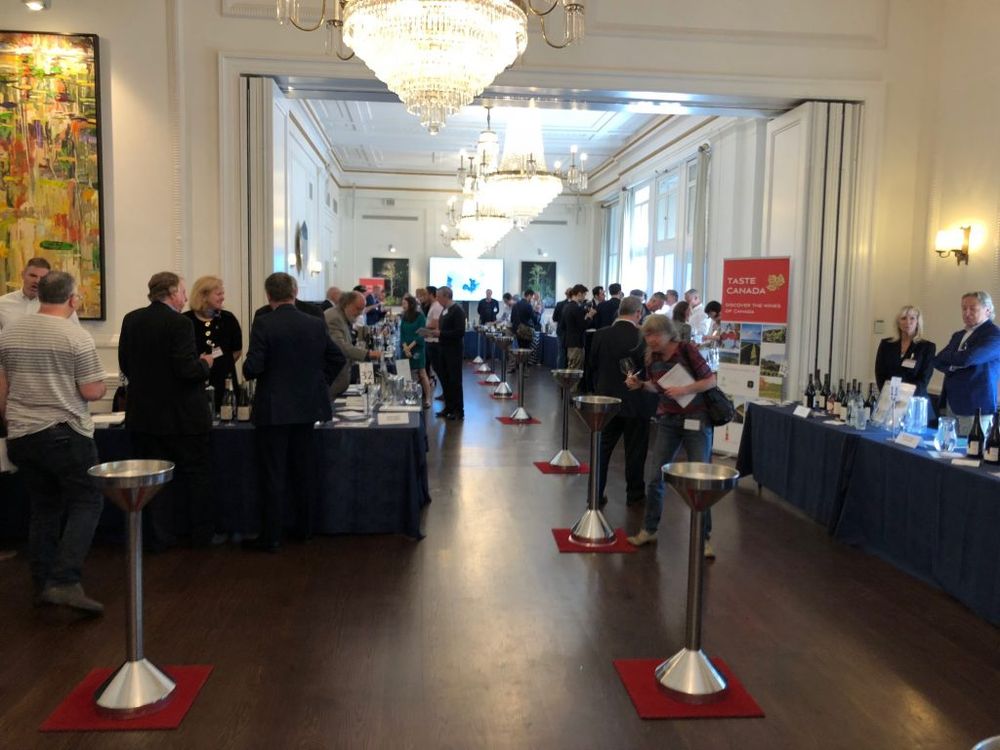
Taste Canada 2018, Canada House, London, May 2018
In the past 24 months Canadian wine has become better known in the UK and is sneaking onto wine lists in the capital and beyond. I’d put this down to three things:
- UK importers have started to get behind Canadian wine in a big(ger) way. Some of the larger guys (Hallgarten, Liberty, Berkmann and Bibendum) have worked with Canadian producers for a while, but more recently smaller, more hip importers such as Red Squirrel, Flint and The Wine Rascals have jumped on-board too, pushing a handful of wines under the noses of influential sommeliers and on-trade operators. This all filters down (and indeed up and across).
- A number of key journalists have visited Canada’s four key wine-producing regions (British Columbia, Ontario, Nova Scotia and Quebec) tasting wine on the ground and meeting the people behind some of the country’s most interesting and best-loved wines. Many of these visits and wines have been enthusiastically reviewed in print, online and – crucially – via social media which all feeds back to buyers and consumers too.
- Across the board the wines are really good, and the some of the styles Canada has become known for (lean, Burgundian reds from Pinot Noir; lively, clean and textured whites from Chardonnay and Riesling; experimental ‘orange’ and non-intervention styles) have focussed buyers’, journalists’ and consumers’ minds when it comes to thinking about what Canadian wine is all about. For me the words ‘quality’, ‘elegance’ and ‘experimentation’ come to mind.
As you might expect from a fledgling industry (in terms of its presence in the UK marketplace) many of the 37 producers showing their wines at the tasting were unrepresented in the UK, but a smattering were represented.
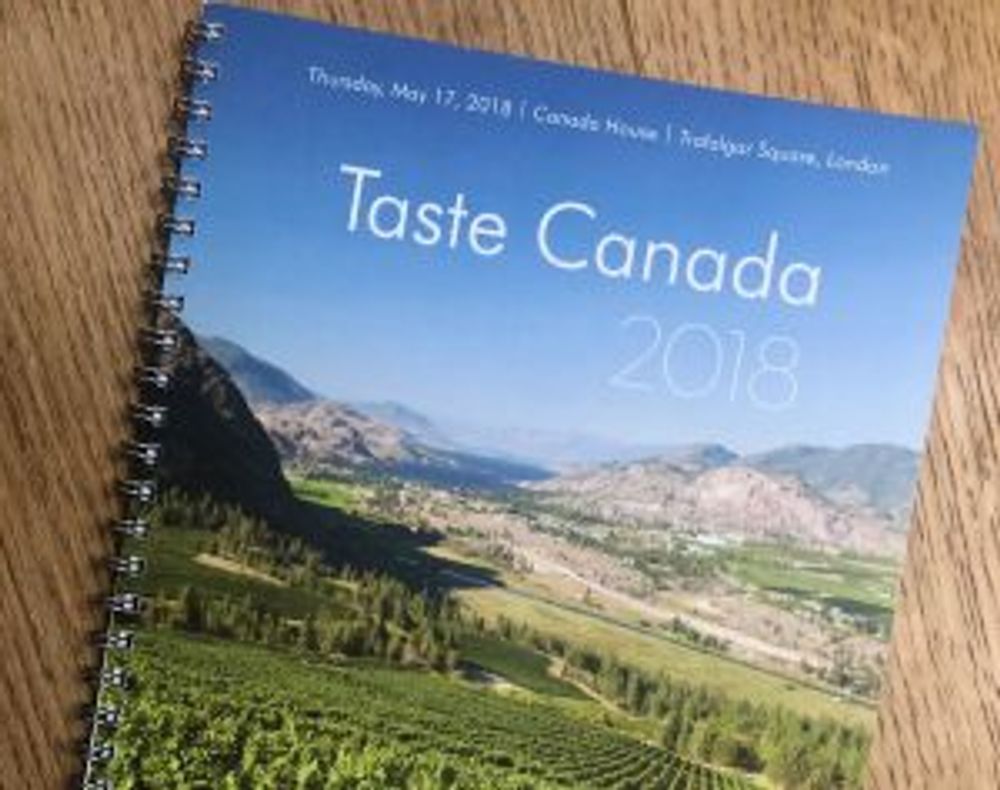
So here’s my selection for these producers whose wines can be found in the UK, as well as a handful from wineries seeking an importer/agent to perhaps give a swerve to buyers looking for something new, different and of-the-moment for their portfolio.
Okanagan Crush Pad, Haywire Vintage Bub 2013 (Red Squirrel)
This is different… a traditional method sparkler under crown cap made from Chardonnay and Pinot Noir (50/50) and aged for 52 months on the lees. It’s nicely oxidised with a developed nose and palate, fine mousse and characters of wild strawberries and chalk. Very out there, very sommelier-friendly.
Burrowing Owl Estate Winery Chardonnay 2015 (Fairview Wines)
Made in a big, oaked style (50% is fermented in oak and it all spends nine months in new French oak) this remains elegant and concentrated with a creamy, dreamy texture and a little spice on the finish.
Wild Goose Vineyards Autumn Gold White Wine Blend 2016 (unrepresented)
A near-equal blend of Gewürztraminer, Riesling and Pinot Blanc, this weighs in at a hefty 25 g/L residual sugar thanks to a hit of süssreserve pre-bottling. It’s incredibly seductive with a peachy, stony, waxy profile and just enough acidity to make it sing.

Da Silva Vineyards Chenin Blanc-Viognier 2016 (unrepresented)
Winemaker Richard Da Silva is a passionate man, he tells me that the wines he makes ‘celebrate the diversity of Okanagan Valley’.
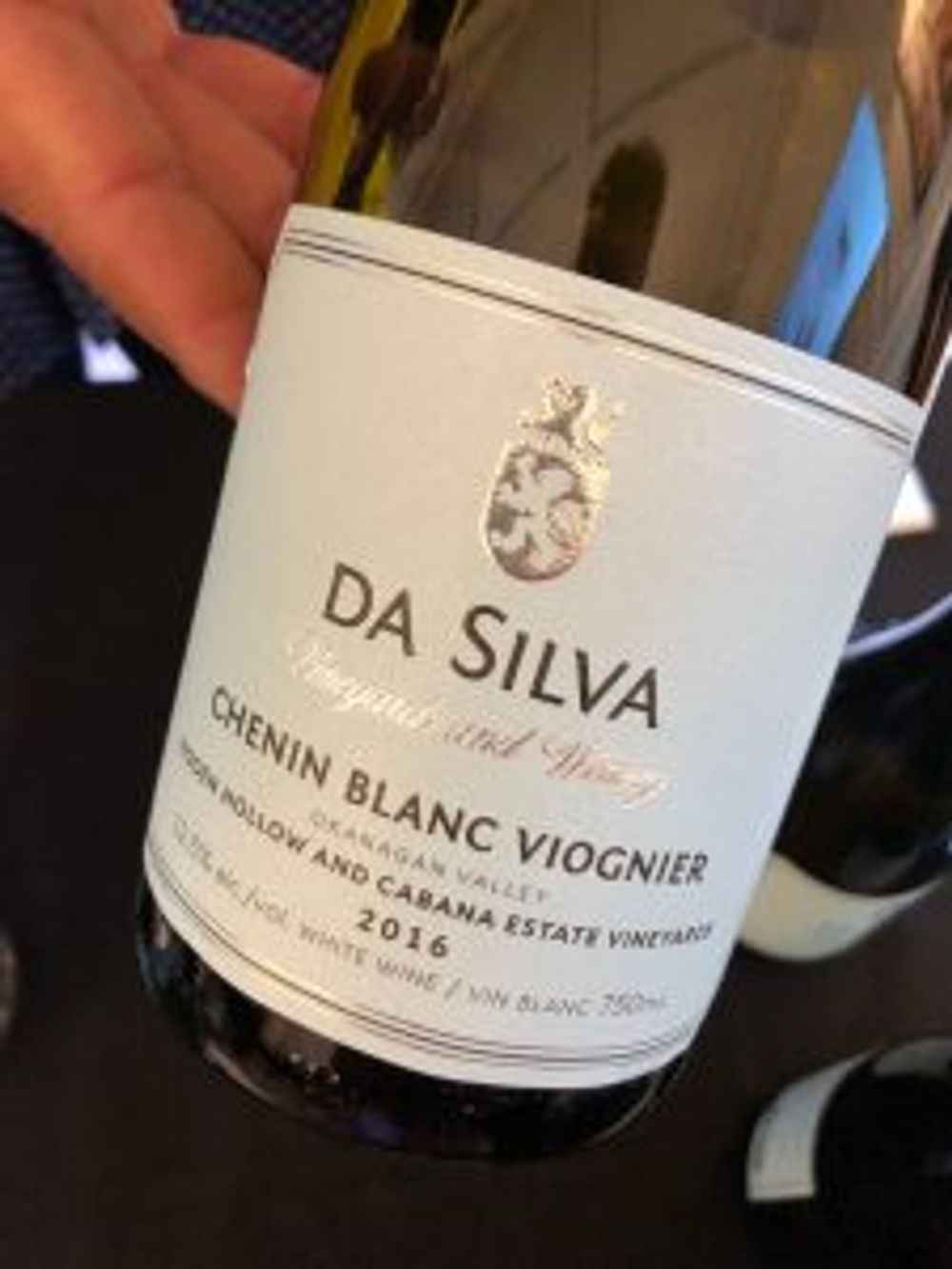
This 50/50 Chenin-Viognier blend is certainly diverse in its pairing of these two grapes; the wine itself is limey and clean with pear, unripe stone fruit and a dash of floral perfume. A saline finish wraps things up nicely.
Quail’s Gate Estate Quail’s Gate Pinot Noir 2016 (Berkmann)
The fruit for this wine comes from a vineyard on the site of an extinct volcano which simply adds to its complexity and kerb-appeal. Very classic in style (huge nod to Burgundy) it’s rich and savoury with a strawberry and raspberry punch mingling nicely with horse saddle and lip gloss notes.
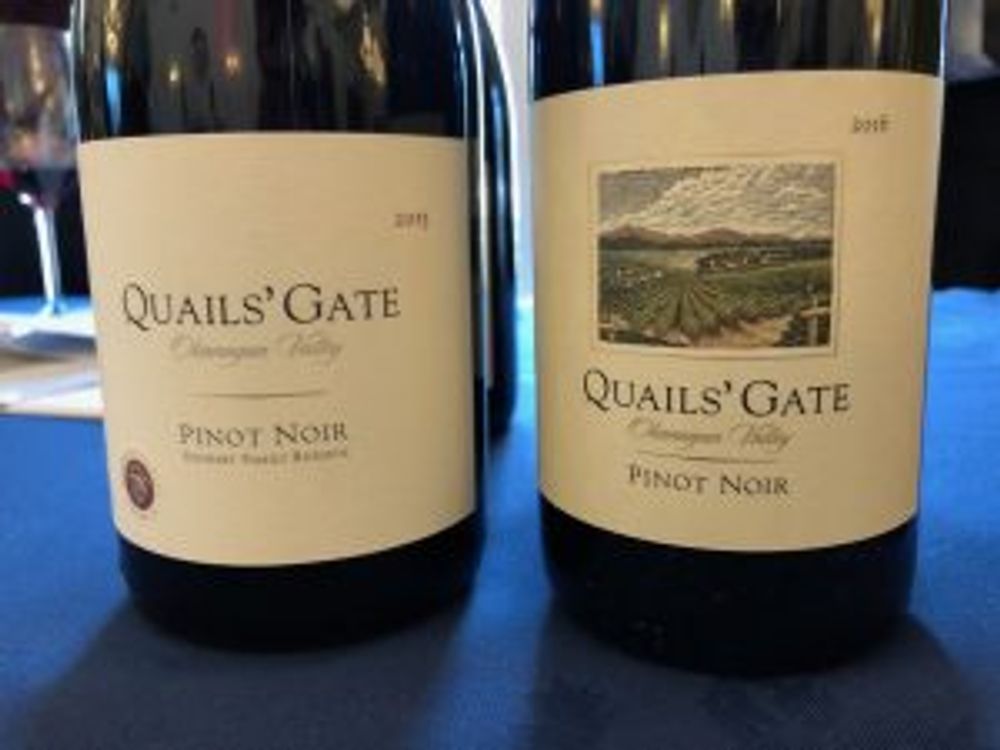
Le Vieux Pin Equinox Syrah 2014 (Flint)
This is a serious Syrah made in a very French style. The fruit comes from two sub-appellations in the Okanagan Valley – Black Sage Bench and Lake District – and the wine is aged in 50% new French oak barrels and 50% used barrels. The result is a punchy, heavy wine that’s floral and ripe with cherry, leather and black fruit. Broad integrated tannins complete the picture.
LaStella Fortissimo 2014 (Flint)
LaStella is Le Vieux Pin’s sister winery (both were recently taken on board by Flint Wines in the UK) and is located in Osoyoos Lake, BC.
If Le Vieux Pin is French in its style and outlook, LaStella looks to Italy. In a somewhat post-modern twist this wine is a Canadian take on a Super Tuscan and fuses Merlot (76%), Sangiovese (9%), Cabernet Sauvignon (8%) and Cabernet Franc (7%). It’s still very young but there’s texture and character here that will only come on with time; black cherry, tobacco and fresh herbs are the immediate notes. Lush and lingering.
Stratus Cabernet Franc 2015 (Bibendum)
Cabernet Franc is the most planted red variety in Canada, but you don’t see that many single-variety Cab Francs as, like in Bordeaux, many choose to use it in blends.
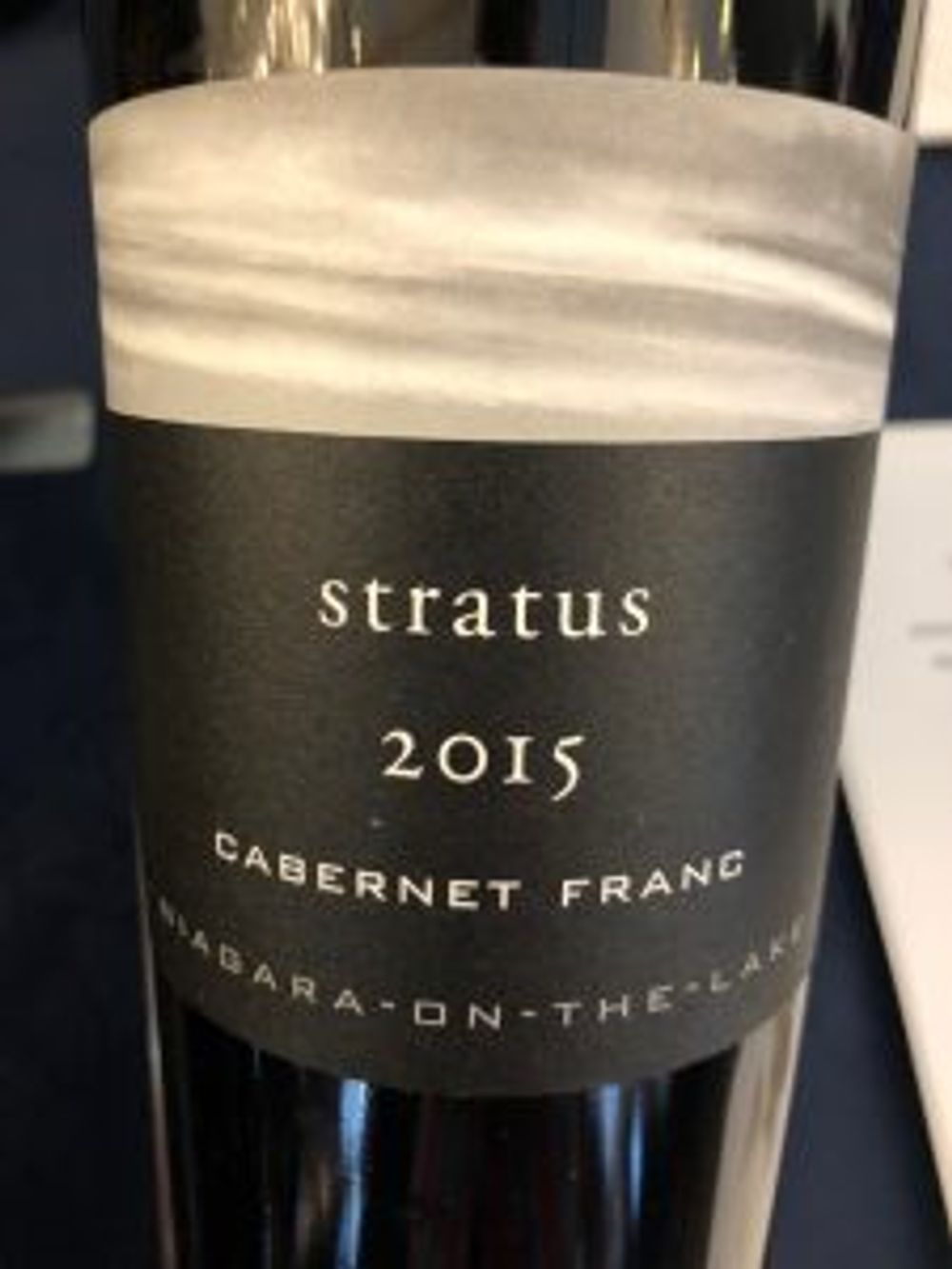
This is made by a Loire Valley winemaker but has less bell pepper and more fruit than many Loire Cab Francs. It’s rich and rewarding with plum and blackberry fruit, tomato leaf, herbs and flair.
Pelee Island Winery Cabernet Sauvignon-Petit Verdot 2012 (Hallgarten)
A bold brute of a wine that looks like a Bordeaux on paper but in reality is more like a Stellenbosch Bordeaux-a-like. It’s sweet and ripe with blackberry fruit, burnt toast and dark chocolate. Hefty, and a nice counterpoint to some of the delicate, flimsy Pinots in the room.
Inniskillin Gold Vidal Icewine 2016 (Liberty)
The first three words of my notes on this wine simply read: pineapple, wax, joy! That pretty much sums up this classic icewine from Ontario, which is known for its richness and use of new French oak in the fermentation and maturation processes.
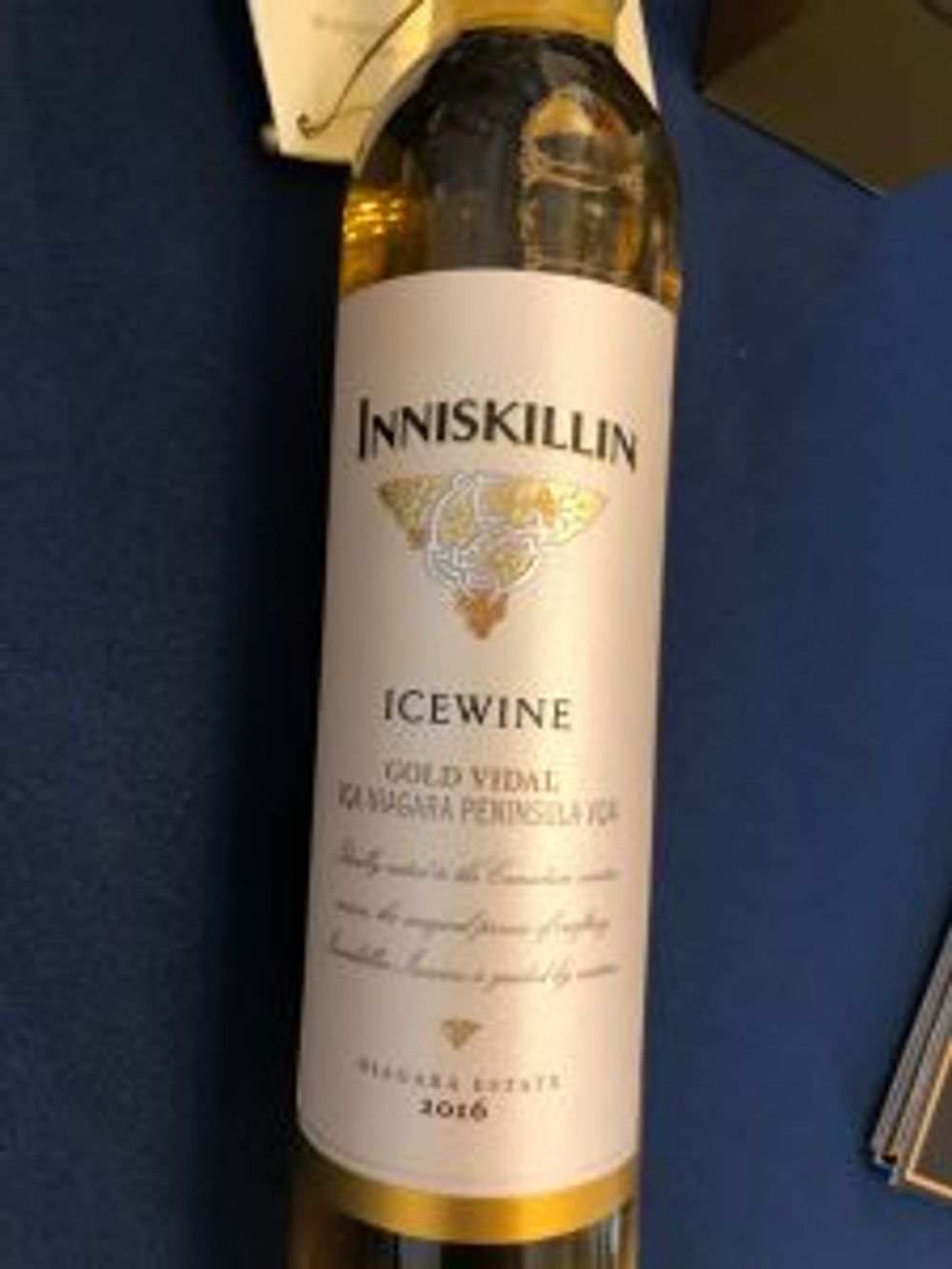
Sweet, stylish and seductive are three more words that fit nicely.



